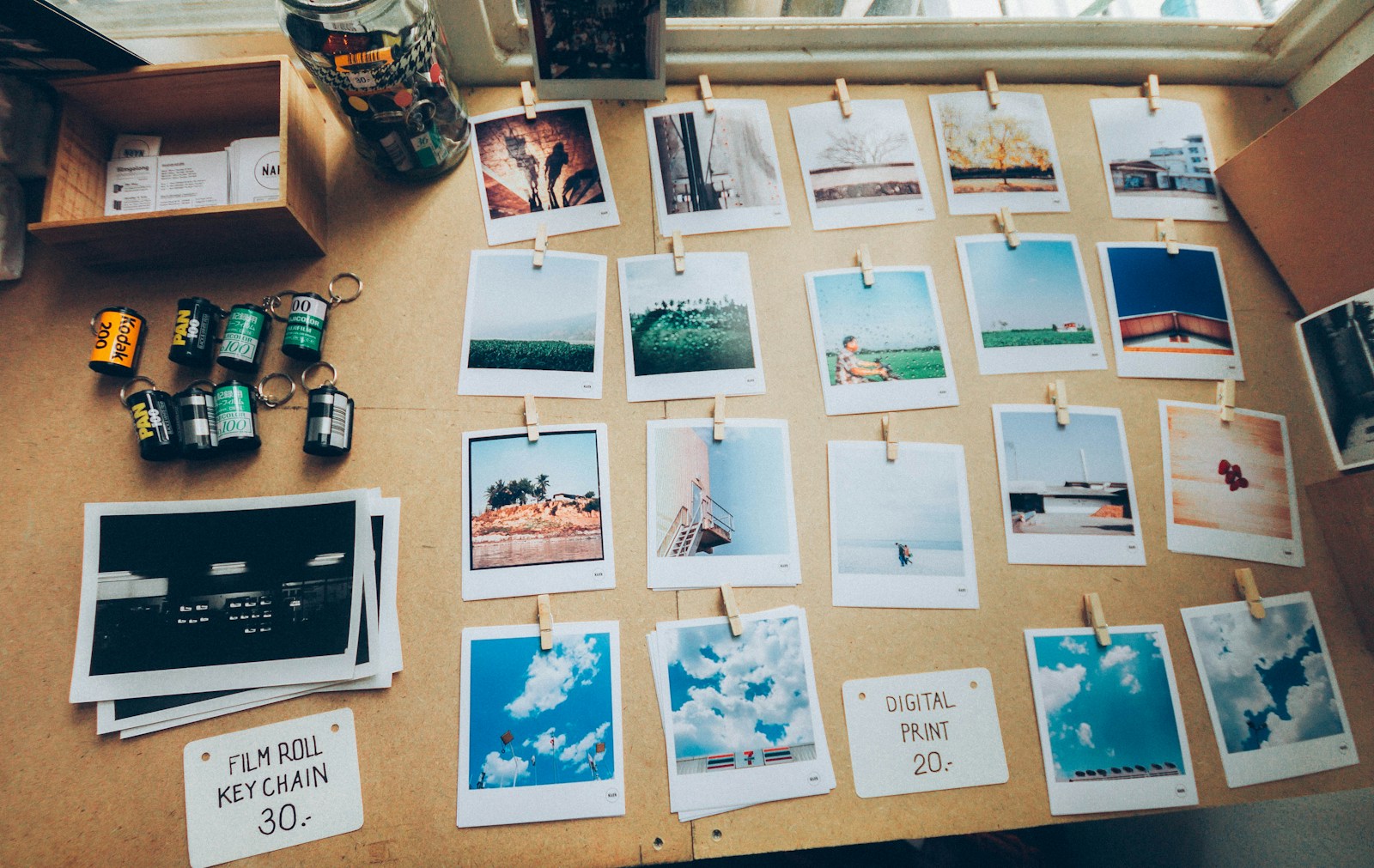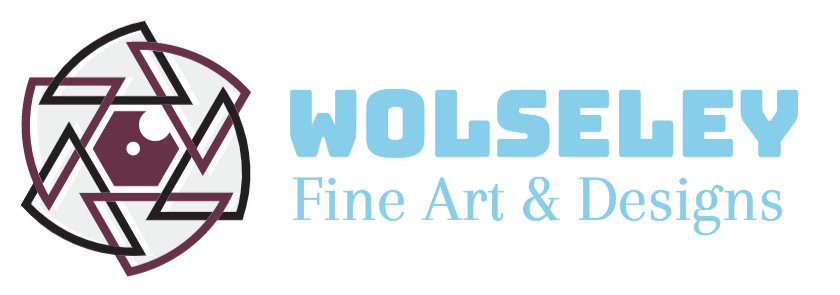
For photographers, showcasing work in the best possible light is essential. The debate between digital and print design often comes down to personal preference and intended audience. Both mediums have unique benefits and can serve different purposes in a photographer’s portfolio. Let’s compare digital vs. print design for photographers to help you determine which is better suited for your needs.
Understanding Digital Design
Digital design involves creating visuals that are displayed on screens, such as websites, social media, and digital portfolios. This medium has become increasingly popular due to its accessibility and versatility.
Pros of Digital Design:
- Wider Reach:
- Digital platforms allow photographers to share their work with a global audience. Websites and social media channels provide instant access to your portfolio for anyone with an internet connection.
- Interactive Elements:
- Digital design enables the use of interactive elements such as slideshows, videos, and animations. These features can enhance the viewing experience and provide more context to your work.
- Cost-Effective:
- Creating and maintaining a digital portfolio is generally less expensive than producing high-quality print materials. There are no printing costs, and updates can be made easily and quickly.
- SEO Benefits:
- A well-optimized digital portfolio can improve your visibility on search engines, attracting potential clients who are searching for photographers online.
Cons of Digital Design:
- Screen Limitations:
- The quality of digital images can be limited by screen resolution and color accuracy. Not all devices will display your work in the same way, which can affect how your photos are perceived.
- Distractions:
- Digital platforms often come with distractions such as ads and notifications, which can divert attention away from your work.
Understanding Print Design
Print design involves creating physical materials like photo books, prints, and portfolios. This traditional medium offers a tangible experience that digital design cannot replicate.
Pros of Print Design:
- Tangible Quality:
- Print materials provide a physical presence that can make a strong impression. The tactile experience of holding a beautifully printed photo book can be powerful and memorable.
- High Resolution:
- Print allows for high-resolution images that showcase fine details and true colors. High-quality printing can enhance the visual impact of your photographs.
- Focused Attention:
- Print materials are free from digital distractions. When someone is viewing your printed portfolio, they are likely to give it their full attention.
- Perceived Value:
- Print materials often carry a sense of permanence and prestige. A well-crafted photo book or print can be seen as a collectible or art piece.
Cons of Print Design:
- Higher Costs:
- Printing high-quality materials can be expensive. Costs include paper, ink, binding, and shipping, which can add up quickly, especially for large portfolios.
- Limited Reach:
- Print materials are less accessible than digital portfolios. They must be physically distributed, which limits the audience to those who can see the prints in person.
Digital vs. Print Design for Photographers: Making the Choice
When to Choose Digital Design:
- Expanding Reach: If your goal is to reach a broad, global audience, digital design is the best option. Websites and social media can help you showcase your work to potential clients worldwide.
- Interactive Portfolios: If you want to incorporate interactive elements like slideshows, videos, and animations, digital design offers the flexibility to do so.
- Cost Efficiency: For photographers with limited budgets, digital design is a cost-effective way to create and maintain a portfolio.
When to Choose Print Design:
- Tangible Impact: If you want to make a lasting impression with a physical presence, print design is ideal. High-quality prints can leave a significant impact on potential clients or during exhibitions.
- High-Quality Presentation: When presenting your work in high resolution and true colors is crucial, print design can achieve this better than digital screens.
- Focused Viewing Experience: If you want to ensure that viewers give their full attention to your work, print materials provide a distraction-free environment.
Combining Digital and Print Design
Many photographers find that combining both digital and print design offers the best of both worlds. Here’s how you can integrate both mediums effectively:
- Consistent Branding:
- Ensure your digital and print portfolios have a consistent look and feel. Use the same branding elements, such as logos, color schemes, and typography, to create a cohesive brand identity.
- Complementary Content:
- Use digital platforms to reach a broad audience and engage with interactive content. Meanwhile, use print materials for high-impact presentations and to showcase your best work in high resolution.
- Cross-Promotion:
- Promote your print materials through your digital channels. For example, share photos of your photo books on social media or provide a downloadable version of your print portfolio on your website.
Conclusion
The choice between digital and print design depends on your goals, audience, and budget. Digital design offers broad reach, interactivity, and cost efficiency, making it ideal for expanding your audience and showcasing your work online. Print design, on the other hand, provides a high-quality, tangible experience that can leave a lasting impression. By understanding the strengths and limitations of each medium and considering a combined approach, you can effectively showcase your photography and enhance your brand’s presence both online and offline.
